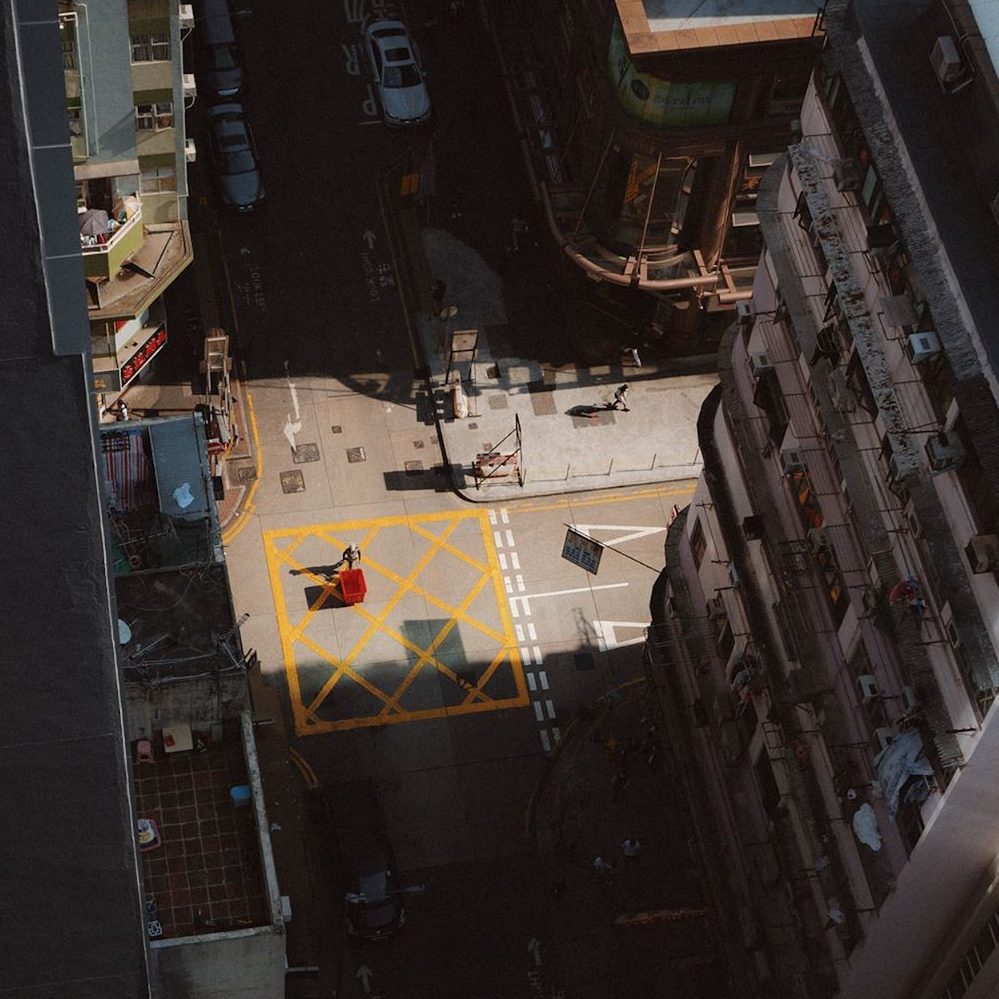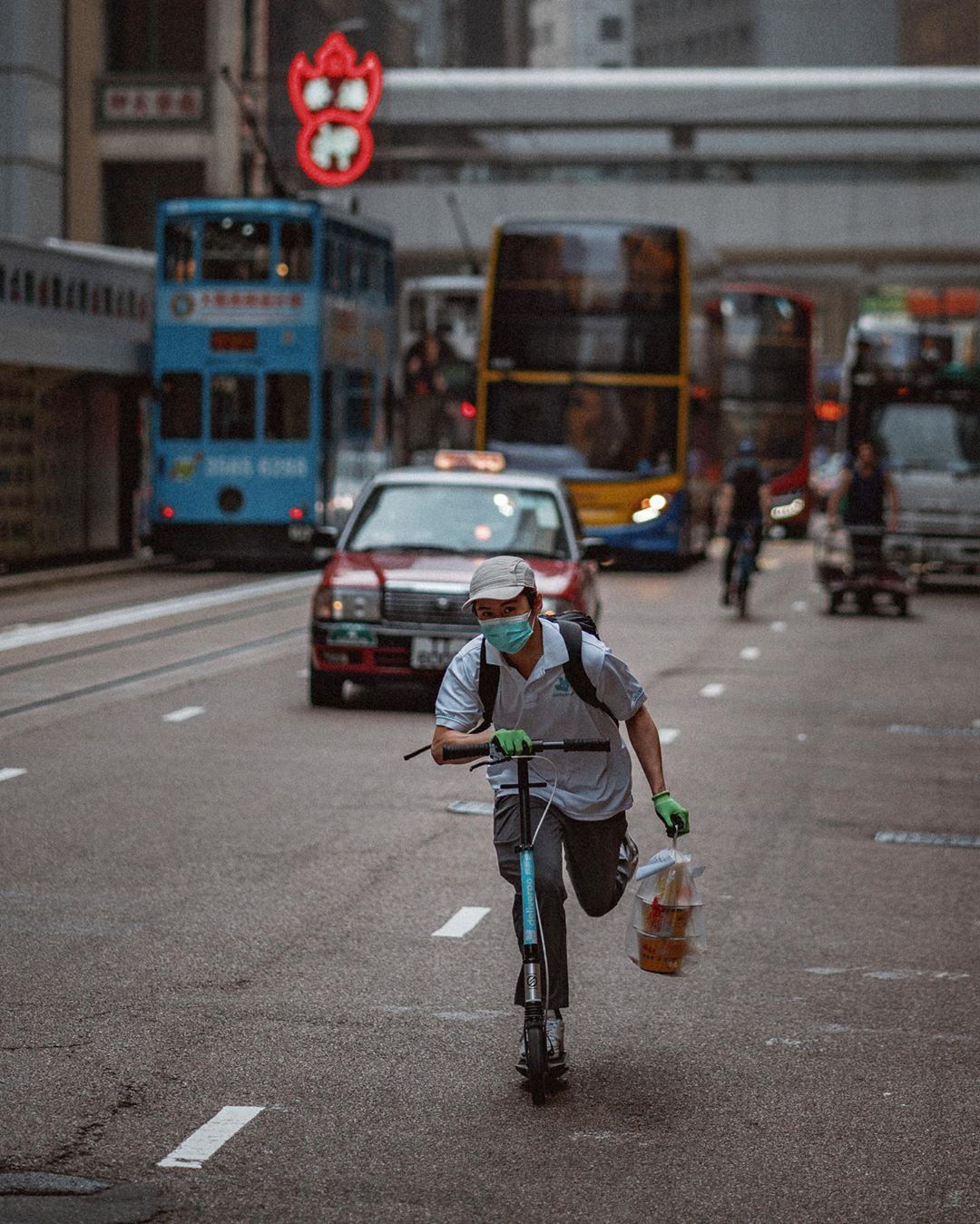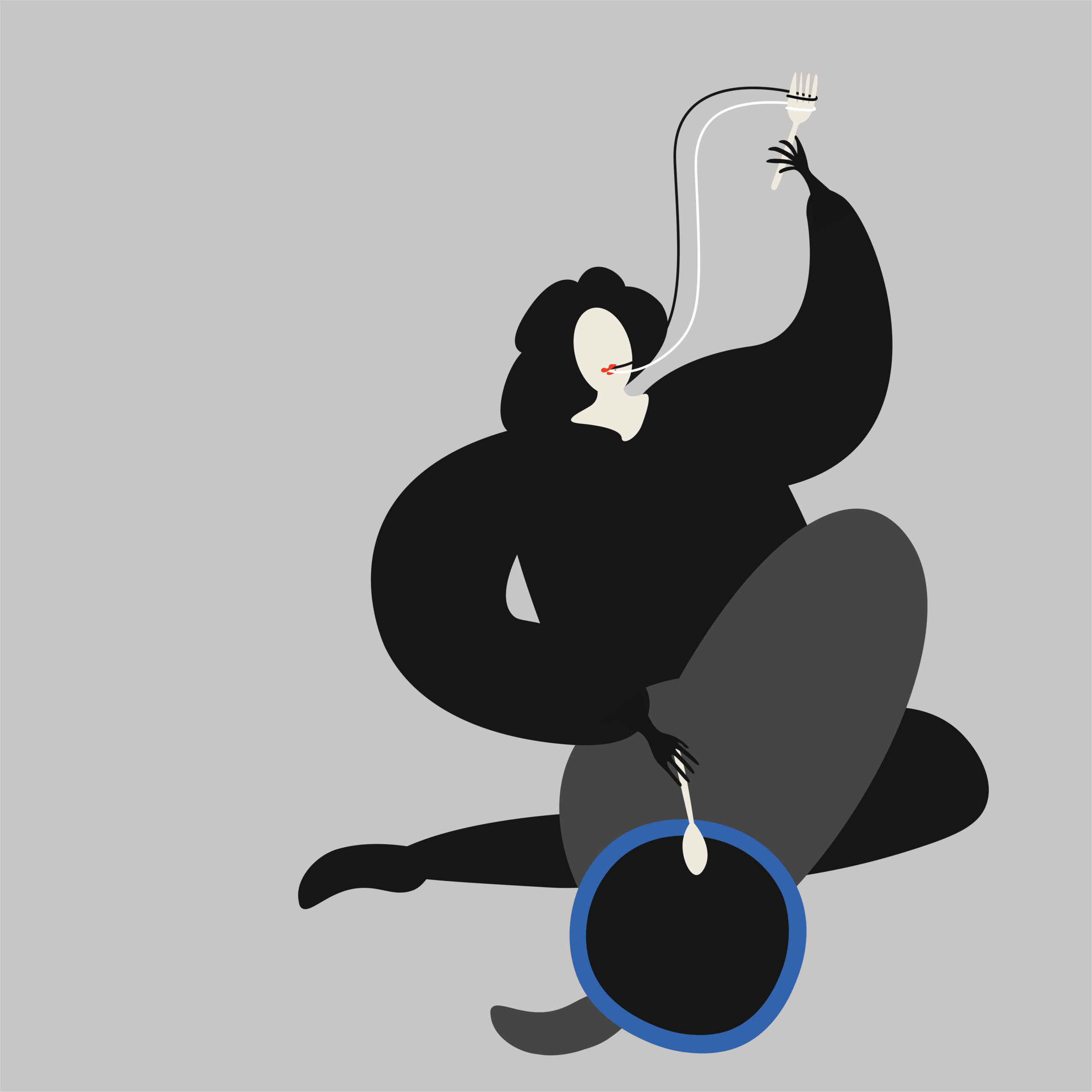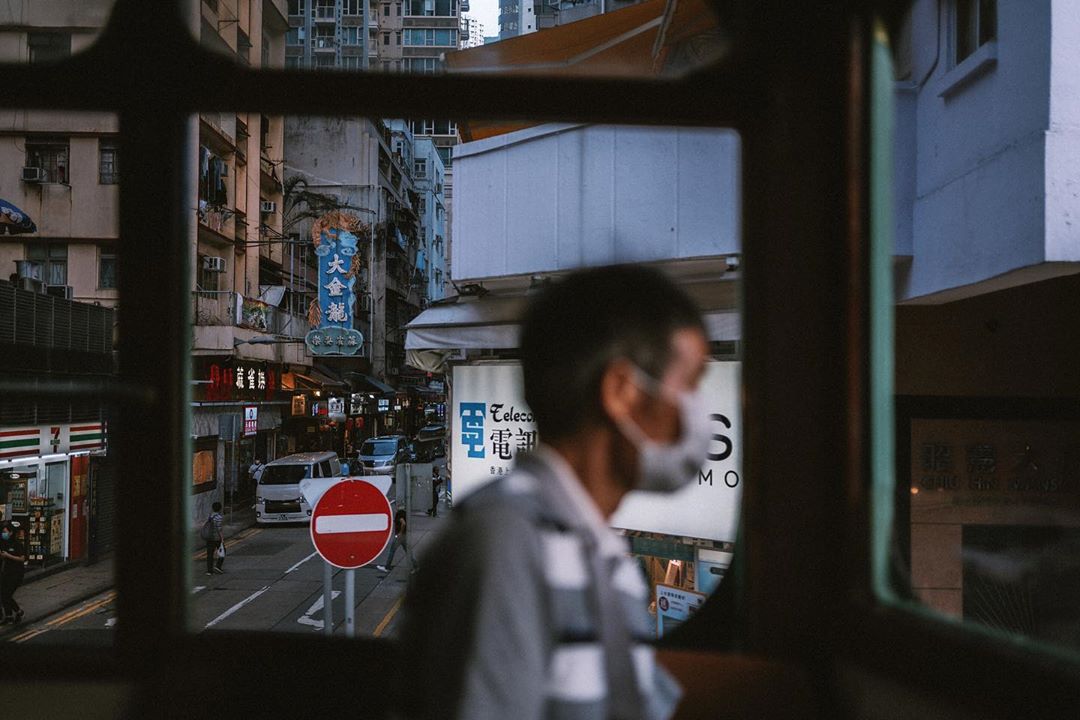A year on defence for Hong Kong
What the future for brands and consumers might look like?

A year on defence for Hong Kong
8 min read
Business landscape
Words by Jen Barry
Photography by Simon Musgrave
Whilst the world is coming to terms with covid-19, Hong Kong has been on the defence for over a year. What might the long term impact be on both consumers and brands?
It’s been a year of disruption for Hong Kong. First came the protests, slowly escalating in intensity throughout the summer and autumn of 2019, and since early 2020, a complete upheaval due to Covid-19.
Back in December and January, when the virus was predominantly in Asia, there was of course an element of ‘them, not us’ from the West towards Hong Kong and China. But following our experience with SARS almost twenty years ago, the government and most importantly, the public, remembered lessons from then and worked together to slow the spread and control the numbers.
So now, whilst much of the world is in some kind of enforced lock-down, we are seeing some light at the end of the dark tunnel of our year – but what can we expect for brands and consumer behaviour for the rest of 2020 and beyond for Hong Kong and China?
There’s an abundance of articles and think pieces online already regarding what the world might look like after Covid-19, and we are not here to add to the noise. Instead, we have tried to think about how some of the predictions and observations might impact us and our clients directly, as well as the region at large.
A return to the residents
The most obvious impact of the events of the past year is the downturn in tourism. Whilst we can expect (and hope) to see a slight rise once travel restrictions and enforced quarantine bans are lifted, the possibility of protests returning may result in a shift of strategy.
Local businesses will likely be thinking long-term now for how to prioritise loyalty from local residents, rather than trying to capture the ‘quick wins’ from high spending tourists. In anticipation of continued travel restrictions or the fear that such restrictions might be imposed at a moment’s notice, consumers will be wondering how they can maximise their time and money within their local market without exposing themselves to the risks of foreign travel.
But in today’s ever globalised world and especially for Hong Kong – who exactly are the local consumers, what do they want, how do they engage? These are difficult questions to answer but could bring about interesting changes for the better.
New service culture
Industries have thought creatively how to better service their consumers with the various bans and restrictions in place. ‘Heat at home’ dinners from some of the top restaurants in Hong Kong are now a common occurrence, for example, and local gyms and trainers are putting on virtual classes. These are obvious ‘quick’ solutions, but might the leisure landscape change permanently? Once consumers have had a taste of their favourite gym sessions at a fraction of the price (or in some cases free) and in the comfort of their own home or their local park, what would the value of a $1,000 per month gym membership be? Across the landscape, will we start to see a shift in what consumers consider to be true ‘value’?
With property rental so high in Hong Kong for businesses, it’ll be even more important for brands with brick and mortar to reassess their value proposition to see if they are still relevant, and if not, to quickly reestablish their unique selling points that cannot be replicated online or in the home. Now is the time to evaluate what kind of resources can be offered and truly understand what consumers need, both in their short term behavioural changes, but also the longer term shifts.

A local Deliveroo driver navigating the streets of Hong Kong
Rethinking retail
China leads the way when it comes to consumer behaviour and retail in digital. Even before the outbreak of Covid-19, the region pioneered the use of online platforms and KOLs to advocate anything and everything to millions of consumers. Now, even traditional products that rely heavily on in-store interactions and sampling, such as beauty, have evolved such that in-store employees can host their own livestreams to answer product questions and offer up special one-off promotional codes.
For Hong Kong, given the geographical advantage of its size and its efficient transport system, nothing ever feels too far away and a true e-commerce ‘revolution’ hasn’t materialized lifted off in the same way as in other parts of the world. However, Hong Kong might not be so lucky next time. Brands need to get ahead and start seriously preparing for changing consumer expectations for online experiences.
If we can expect to see brands improving their online experience, then naturally we should also reconsider how to design the physical retail environment to answer to changing consumer expectations, and the health and well-being of staff and customers alike.
When space is limited, how can brands design an environment to accommodate responsible social distancing? Should retailers be more considered in their stock, instead curating a shopping experience like a museum, telling stories and adding value above and beyond the physical products? Using lessons from ‘less is more’ cultures from Denmark to Japan, Hong Kong retailers should work harder and smarter to hold on to footfall.
Keeping the door open to data
Signing declaration forms, and giving out personal contact numbers and email addresses before entering shops and restaurants has become normal in Hong Kong, and people seem more than happy to oblige, while contact tracing apps are slowly gaining popularity.
Whenever there has been a new confirmed case of Covid-19, detailed reports have been circulated with the venues that people visited and the dates and time that they were there. There was a period in the not so distant past when people felt that contact-tracing belonged in a dystopian and authoritarian society. But now there is a shift in attitudes around privacy to the extent that not sharing data is regarded as selfish, and people are happy to share information for the good of their community.
It will be up to companies to take advantage of this new openness to share data without exploiting it to the point that consumers return to their default state of not wanting to share. Finding this balance will be crucial in the coming years for both brands and consumers to benefit.
Whilst we look back at the events of the past 12 months, and today, with the uncertainty of the security law and what this will mean for businesses in Hong Kong, there is no doubt that we are still in a period of fragility. With tourism down, protests occurring weekly, and consumer caution when it comes to spending, now more than ever, brands need to be thinking strategically and carefully to try and gain a competitive advantage for when the start line is reset.
Next
In Conversation with Geoffrey Wu
May, 2020.



